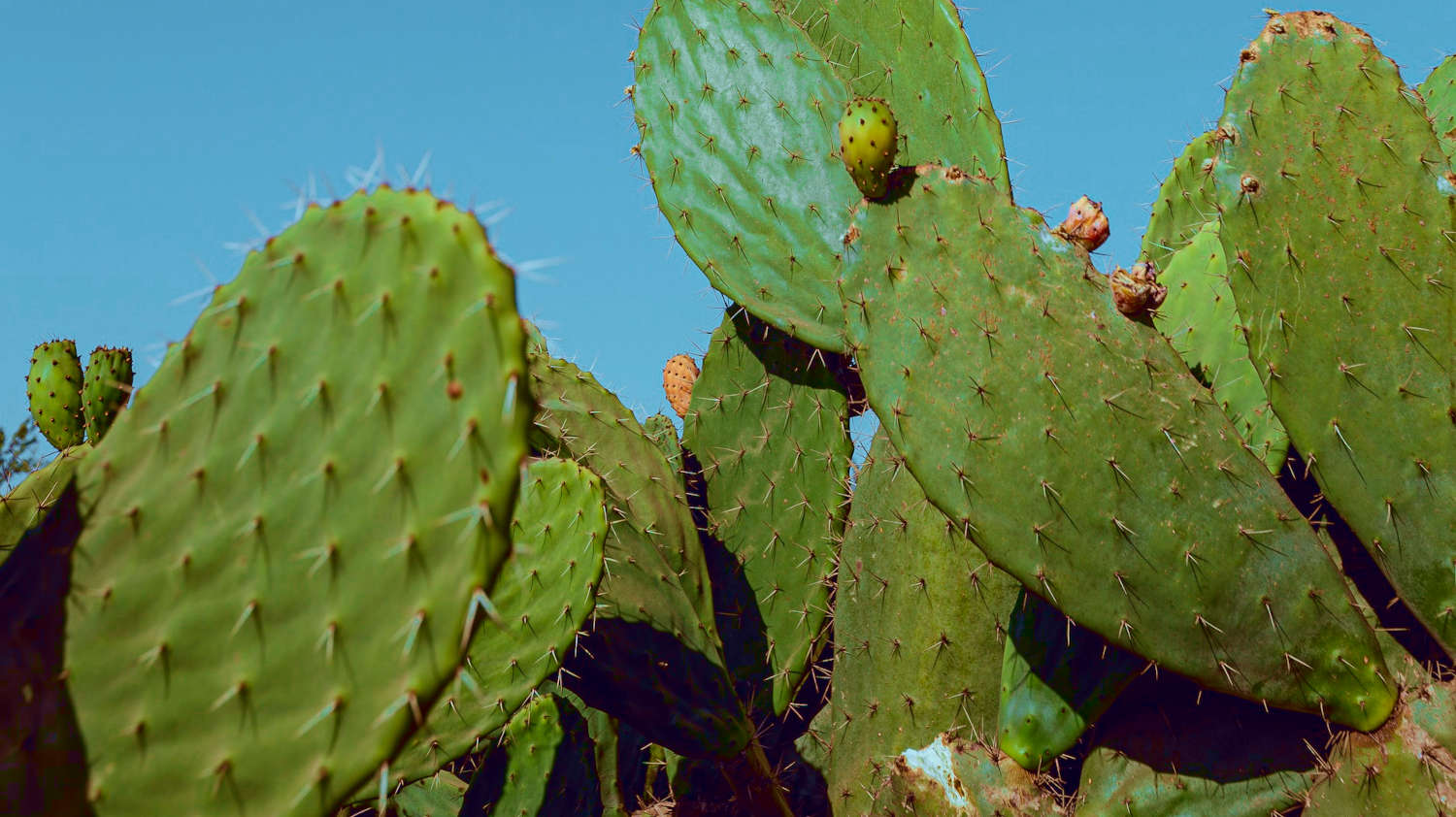Prickly Pear Cactus Care
The prickly pear cactus (Opuntia) is a beautiful plant with flat, paddle-like stems which has many uses. The flowers it produces turn into fruit and are a good source of food. The prickly pear does not only serve as a natural protection for wildlife due to its spines, but it is also great for decorating your home and landscaping your garden.

Though commonly found in hot, arid places, the prickly pear cactus still has its needs like other cacti. From watering to placing it in a perfect location where the sun hits it just right. The prickly pear cactus is a plant that requires attention to detail if you are looking to grow them large.
The prickly pear is one of the few cactus plants that are quite cold tolerant. They will survive in some areas that even get snow! Don’t expect them to grow too large, flower or bear any fruit in cold climates however.

Tips on How to Care for Your Prickly Pear
Proper Hydration
Prickly pear cacti flourish even in the dry seasons. They should be watered at least twice a month during the summer and once a month during other seasons. Remember that a newly potted prickly pear should not be watered immediately to avoid root rot. Let it get comfortable in its new environment for a bit.
Providing Ideal Soil
This type of plant requires alkaline to neutral soil that drains well. You want to avoid puddling and promote irrigation in the pot. Any moisture that might be left may cause a prickly pear to rot.

Pruning and Maintenance
This cacti does not necessarily need to be pruned but if need be, they may be cut back. Removing pads can be done strategically to shape and size the prickly pear. It is advisable to hold the pads with a pair of gloves or tongs. Then, use a sharp knife to cut it by the joint or where it connects to the other pads. Note that these pads can be replanted to grow more prickly pears.

Dealing with Pests
A common pest prickly pears deal with are the scale insects. These insects are usually difficult to remove due to the armor on their backs. Some methods to treat your beloved cacti are:
- Manually removing the scale insect with tweezers – The scale insect regularly stays in one place and moves every few weeks to another portion of the plant so removing them manually might be an option.
- Applying an isopropyl alcohol mix – Apply a mix of isopropyl alcohol, water, and dishwashing liquid to infected pads. Then, wait a few minutes before scraping off the dead insects from the cactus.
- Pruning the infected areas – If your cactus has not been fully affected by the scale insects, carefully prune the areas where the colonies reside. Make sure that the plants in surrounding areas have not been affected by the pests to avoid further spread in your garden.
Prickly Pears in your Garden
Being a member of the cactus family, prickly pears require little maintenance when cared for. These plants survive harsher environments compared to other plants, therefore needing less attention making them great for beginner gardeners.
They also boast a unique appearance compared to other common house plants. Their flat, spiky pads along with the blooming flowers make for a beautiful sight in your garden. The vibrant flowers that the prickly pear cactus bear does not only add beauty but also play a crucial role as pollinators, helping maintain a healthy ecosystem.
If you are looking for something different in your everyday meals, the fruits and pads of the prickly pear can be a good, nutritious food source.

Overall, gardeners should consider having these plants as a part of their growing collection of plants. If you are planning to care for a plant that does not take up much of your time yet bring life to the dull spaces of your home, prickly pear cacti might just do the job!

